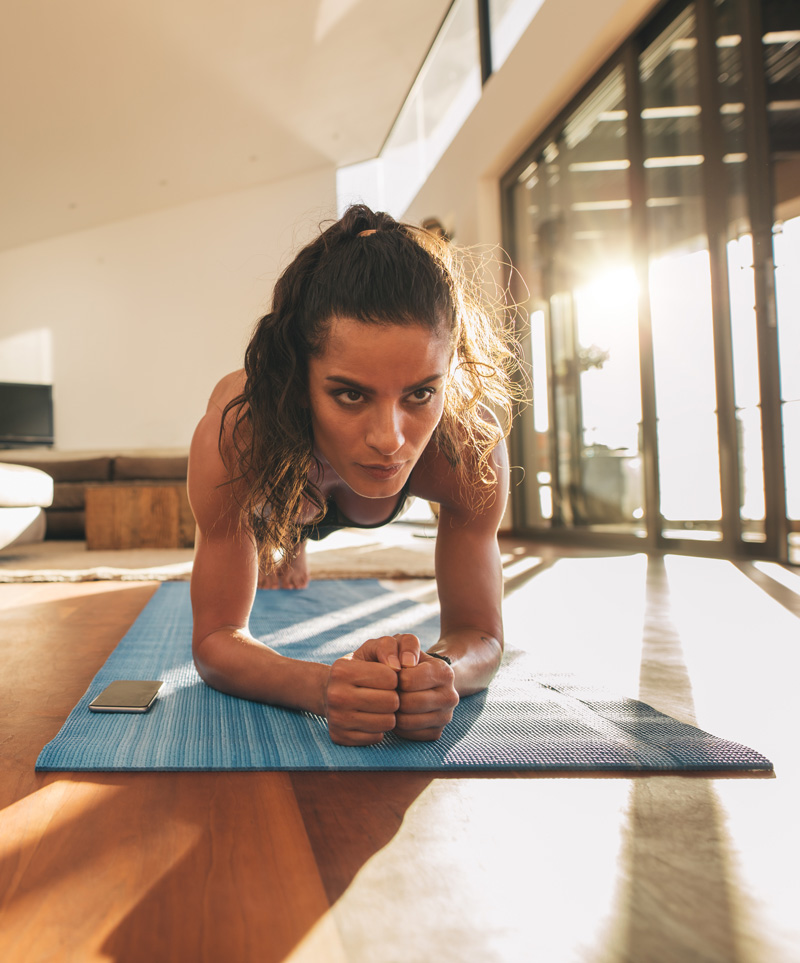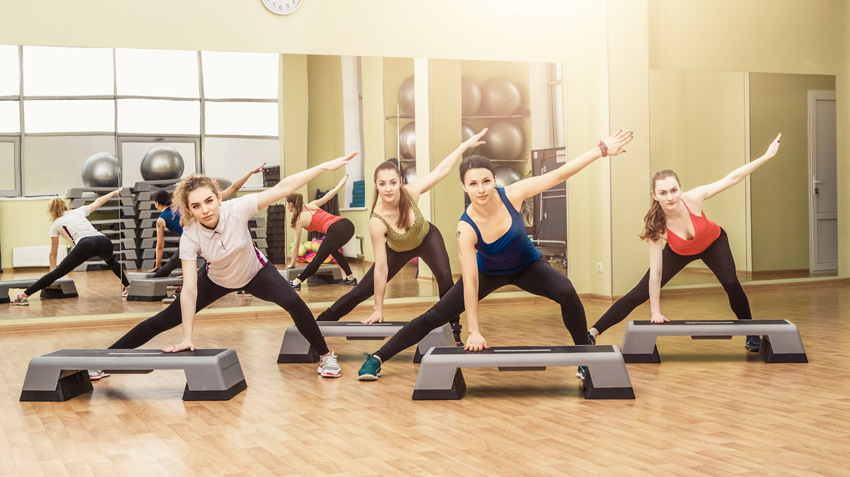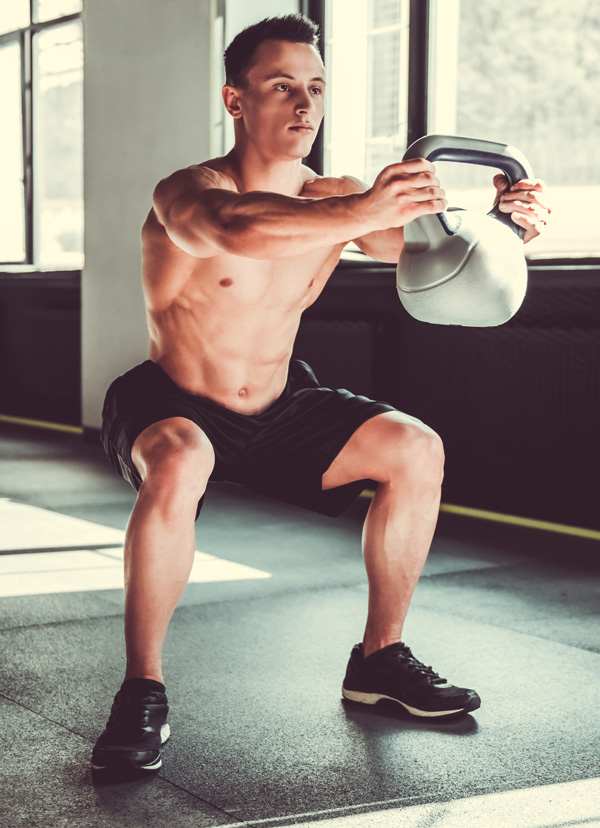The Ultimate Guide to Functional Fitness
Functional fitness has become an increasingly popular catchphrase in exercise and wellness. While this form of fitness can have a positive impact on your appearance, the benefits of functional fitness extend much further and include improved health and longevity.
Functional exercises can make your body stronger and more stable as well as increasing agility and flexibility. A look at how to get started with functional exercise can help you pursue a fit lifestyle.
What is Functional Fitness?
Functional fitness is a form of training that emulates the movement patterns of everyday life activities, thereby making those everyday activities easier and more enjoyable. The purpose of functional fitness is to increase strength, fluidity, and range of motion in order to improve your quality of life.
For example, functional exercises can ideally work together to improve your ability to do the following:
- Getting up off of the floor
- Carrying heavy objects
- Reaching up to put items on (or pull them off) a shelf
- Squatting down to pull belongings out of the bottom drawer
- Maintaining enough strength and balance to decrease the likelihood of falls or injuries
- Participating in hobbies such as skiing or team sports
- Maintaining good posture and steady walking gait
- Pulling a suitcase through the airport or otherwise bustling quickly (e.g. to board a train)
- Performing seasonal or regional outdoor activities (e.g. taking full advantage of water sports in the summer or hiking in rugged areas in autumn)
- Cleaning, tidying, or care-giving (e.g. mopping, pushing a vacuum, doing yard work, or chasing around toddlers)
Essentially, functional exercises provide the stamina to get through tasks without worrying about straining or pulling something along the way.
What is the Origin of Functional Fitness?

These health professionals also use functional fitness to treat individuals born or diagnosed with movement disorders. In addition, military basic training and many kinesiology programs also use functional exercises to help rebuild the body.
Former patients discovered that the practice used in functional fitness to retrain their muscles and limbs helped them live more effective everyday lives after illness or surgery. Individuals who complete functional fitness regimens have reported better fine motor and gross motor skills when they return to their homes, jobs, or sports. Moreover, research demonstrated that improved flexibility and reflexes can have a positive impact on adaptive and self-help skills.
Why are Functional Fitness Exercises Effective?
- Easier Learning Curve – Functional exercises simulate actions you perform or observe in day-to-day life. Since the movements are familiar, they can be much easier to learn or understand than new concepts or complicated exercise choreography.
- Multi-Directional, Multi-Joint, and Multi-Muscle Exercises – Most functional exercises are cooperative and require multiple parts of the body. Because this type of fitness uses different planes of motion, it can give most bodily systems an effective workout. The comprehensive movements that recreates natural motions can condition the body to jump into action whenever needed for physical exertion. For example, by conditioning you muscles and limbs as one unit, you can make a sudden movement without fear of throwing your back out.
- Greater Workout Efficiency – Since this exercise often works many body parts at the same time, this regimen can be much more efficient than dwelling on a single body part for a long period of time. Instead of isolating a single muscle group, functional workouts tend to condition the entire body.
- Higher Caloric Burn – Functional fitness tends to work larger muscles of the body, resulting in a higher-than-average caloric burn.
- Convenient – You can perform these exercises alone or with a personal trainer at any location. And because these exercises are convenient, you are more likely to remain consistent.
Because this form of exercise emulates everyday movements, it challenges the cardiovascular system and can improve circulation and cardio fitness. In addition, studies have shown that the strength and muscle conditioning can help burn more calories from fat than conventional workouts. Since the exercise are purposeful, task-oriented, and goal-centered, many people find them preferable to conventional machine workouts.
How to Create a Functional Fitness Routine
Functional fitness exists on a continuum. Each movement in a functional workout directly translates to an activity or movement outside of the gym. By performing a full-body workout that simulate necessary tasks, you can progressively challenge yourself while practicing movements that can improve your everyday lifestyle. The following suggestions are some of the most recommended functional routines:
1. Step Aerobics
Step exercises are some of the easier exercises that simulate everyday life. Even if you do not have a set of stairs in your home, you may take these types of steps to enter buildings or even to climb into the driver’s seat of your car. Plus, the step-down motion of using an aerobic step is great practice for descending steps without the risk of losing balance or coordination. Step aerobics are an intuitive cardiovascular workout and can be ideal for warmups as well as for high-intensity calorie-burning.
 2. Squats With a Kettlebell
2. Squats With a Kettlebell
In the most basic sense, squats are similar to the motion of sitting down in a chair. Since many of us sit and rise dozens of times a day, this is an essential part of any functional workout routine. In addition, squats with a kettlebell provide adequate resistance and are similar to squats you might perform when lifting heavy items. If you are a beginner or need additional help holding your balance, try performing a wall squat instead. You can also place a medicine ball between yourself and the wall to further protect your lower back.
3. Planks
Planks require strength, mobility, and balance – all qualities needed to hold the body upright or get up off of the floor. The exercise can also help build muscular endurance in all of your limbs and extremities. It provides useful practice holding your own weight
4. Stationary Lunges
This exercise mimics any motion (particularly rising or moving quickly). Performing lunges can also help strengthen quadriceps, knees, and the surrounding muscle and joint groups required for daily activities.
5. Single Leg Lifts
Single leg lifts strengthen hamstrings and improve overall balance. This exercise is excellent for improving your core and ability to walk, run, or stand for long periods of time.
6. Downward-Facing Dog
This yoga-inspired move trains your body to support its own weight. It is a powerful tool for improving your physique for tackling everyday life.
7. Rowing
Rowing is a very similar motion to pulling any heavy object out of your trunk. Use a resistance band while seated to keep your upper back and triceps strong.
How to Explore Further Functional Workouts

The Bottom Line
Functional tasks increase your ability to complete functional tasks throughout your day. By definition, the word “function” means purpose. These purposeful exercises can help you get a great workout and improve your ability to do perform required tasks. Incorporating this classification of exercises into your fitness plans can help you make the most of your daily life.
References:
https://www.ncbi.nlm.nih.gov/pmc/articles/PMC3806175/
https://medlineplus.gov/exerciseandphysicalfitness.html
https://www.mayoclinic.org/healthy-lifestyle/fitness/in-depth/functional-fitness/art-20047680
https://www.nytimes.com/2004/06/06/health/fitness-functional-fitness-means-training-for-your-real-life.html
https://www.ncbi.nlm.nih.gov/pubmed/22071395


 2. Squats With a Kettlebell
2. Squats With a Kettlebell